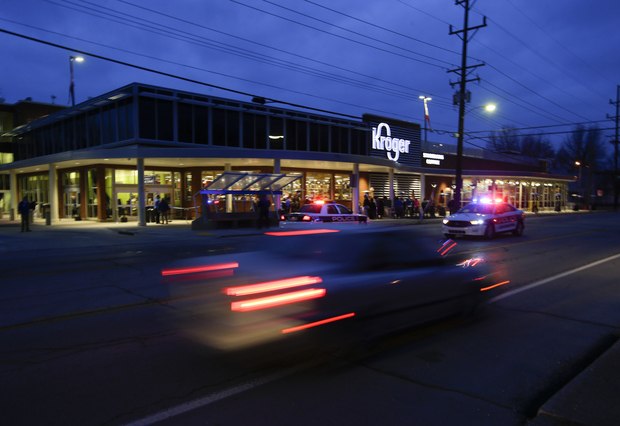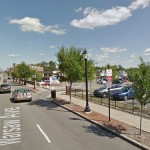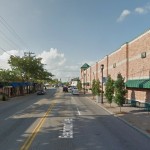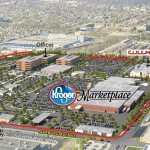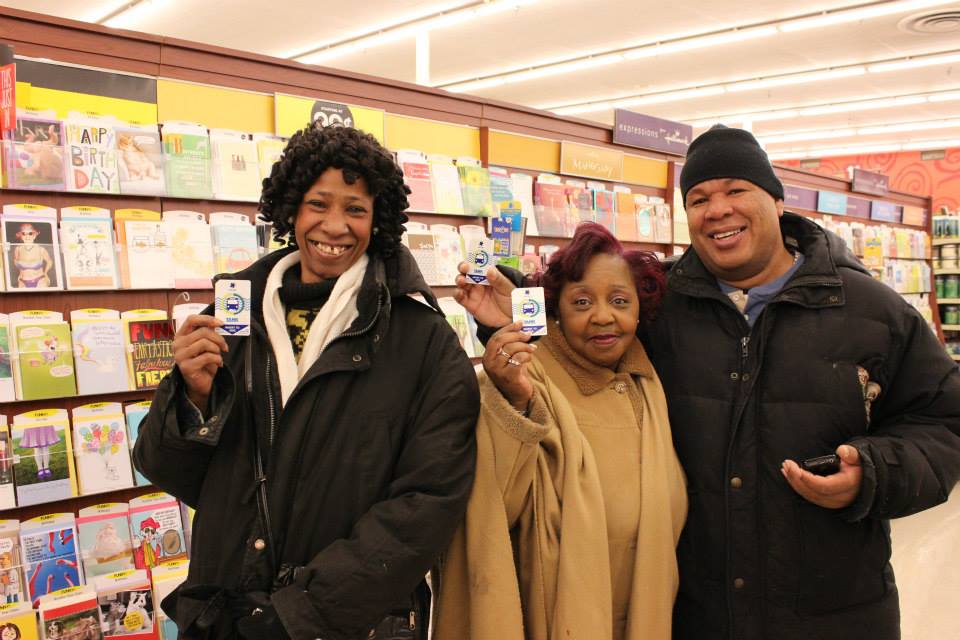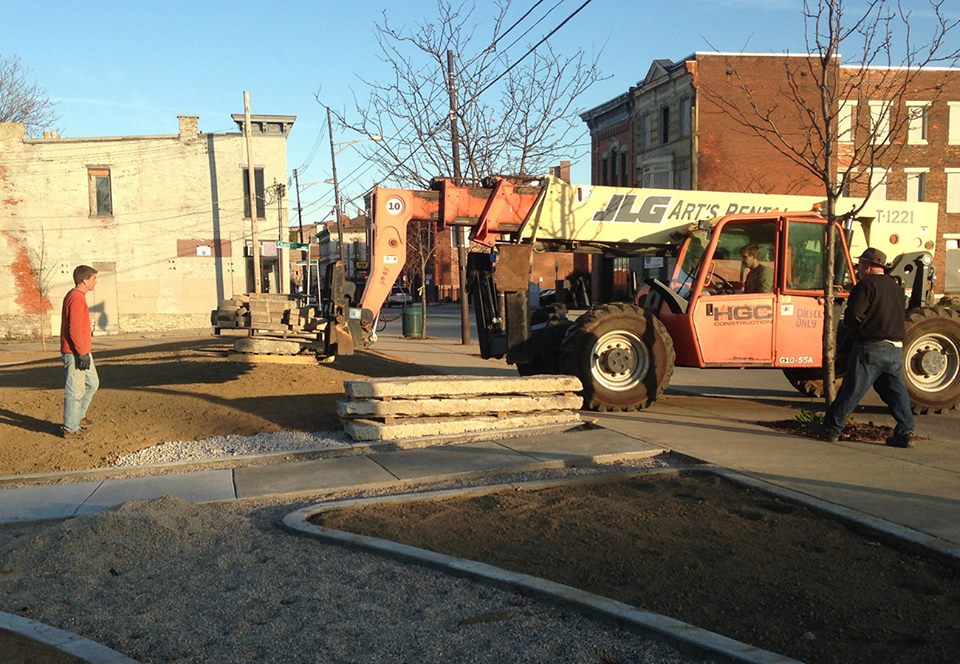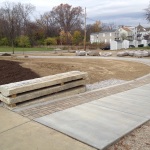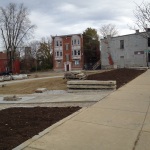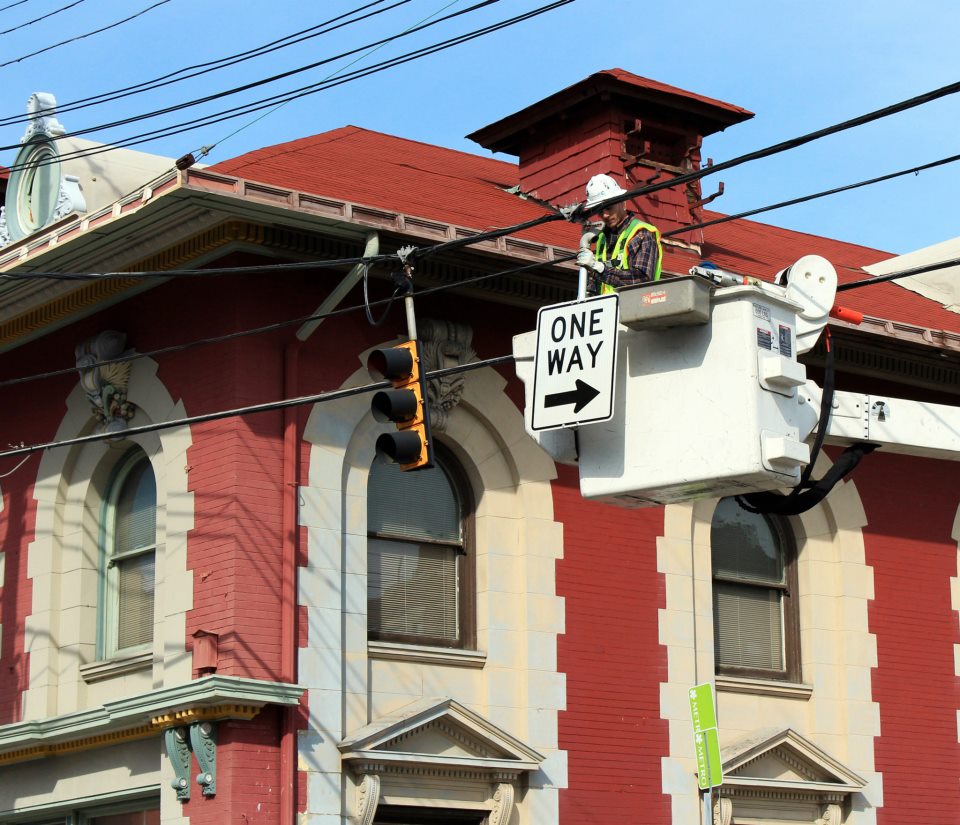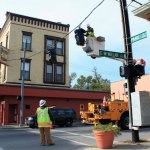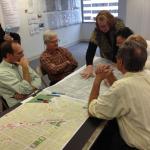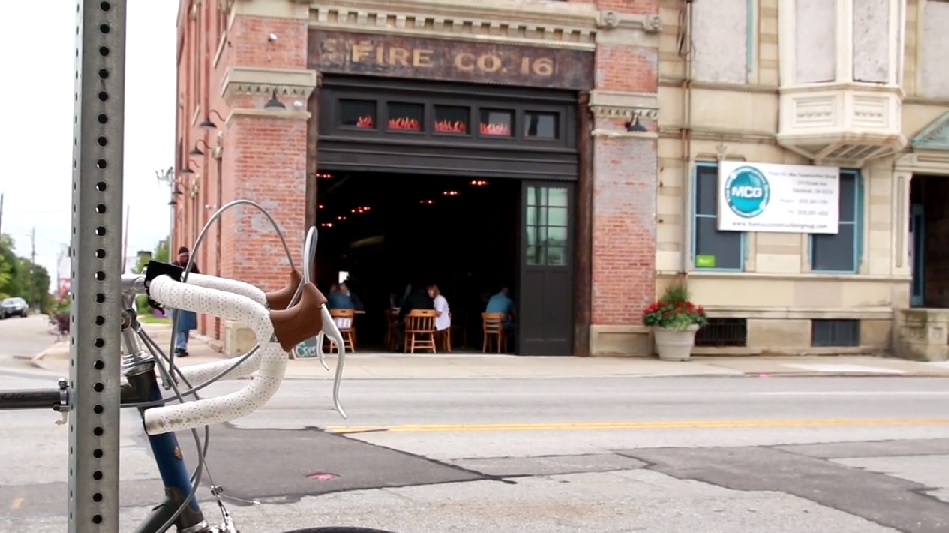Kroger is one of the Queen City’s prized Fortune 500 gems. The company was founded here in 1883 and has grown into the nation’s largest grocer, and one of the nation’s largest retailers overall. While the company has done much good for the city, the question is now being asked if they are now content with their hometown market.
While public officials work to rid the city of its food deserts, Kroger has been largely absent from the conversation. Furthermore, the grocer’s remaining stores throughout the city are seemingly in a constant state of fear of closure. Cincinnati still has Kroger stores in about a half-dozen neighborhoods, but many have either fallen into disrepair or are showcases of urban design failures.
In 2008, Kroger rebuilt its East Price Hill store to the pleasure of city and neighborhood leaders. The possibility of losing the neighborhood’s only full-service grocery store was a real concern. While shiny and new, the rebuilt store now sits more than 100 feet off of Warsaw Avenue, with a sea of parking and a Kroger Fueling Station in front.
Mt. Washington had their neighborhood Kroger built in 1999. In this case, the parking for the store is off to the side of the building, and it sits right along Beechmont Avenue. However, the building includes virtually no windows, and instead of serving as an anchor for the business district is more of an eyesore. While its site plan differs from Kroger’s East Price Hill store, both are still oriented to cars, not the pedestrians or cyclists that make the respective neighborhood business districts attractive.
As UrbanCincy reported yesterday, Kroger is now working with transit officials to improve bus facilities in and around their Walnut Hills store in Peeble’s Corner. But aside from that, the store is essentially defined by the same story as its Mt. Washington counterpart.
In Corryville a different story is unfolding. First developed in the 1960s as part of what is now seen as an awful urban renewal project, Kroger’s uptown store is one of its worst. Fortunately the store will soon be torn down, but after years of discussions with neighborhood leaders and developers, it sounds as if the new store will be not much different from the existing one in terms of its form or function.
Kroger stores in Winton Place and Westwood, and the one currently under construction in Oakley, are nothing more than urban design atrocities ignorant of their surroundings.
Of course, all of this goes without discussing the poor state of Kroger’s Over-the-Rhine store, which practically sits in the shadow of the company’s global headquarters, or the fact that Kroger has yet to actively pursue a store for the city’s exploding residential population downtown.
Meanwhile, approximately 80 miles south along I-75, Kroger has worked with community leaders in Lexington on a new store near the University of Kentucky. The newly opened 86,000-square-foot store is two stories tall with parking situated on the building’s rooftop. The structure is built to the street, includes facades with windows, café seating both inside and out, local food offerings, and has been designed with the surrounding community in mind.
In short, Lexington’s brand new Kroger shines as an example for what the Cincinnati-based company could and should build in its hometown.
Cincinnati is fortunate to have Kroger headquartered here; and the half-dozen or so neighborhoods that have a store are surely thankful to not be left stranded, but at some point Cincinnati should demand better from its hometown company. It is not too late for Kroger to get it right in Corryville, Walnut Hills, Over-the-Rhine, Downtown, or any of the city’s existing neighborhoods without any access to a full-service grocer.
